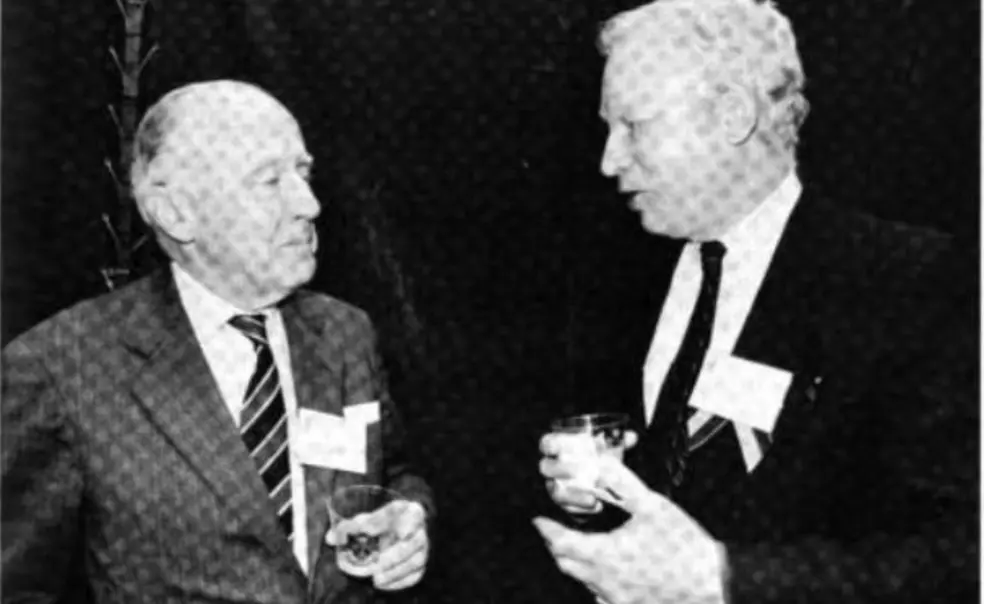Steven Weinberg *57 Earns the James Madison Medal
Physicist Steven Weinberg was the recipient of this year’s James Madison Medal, awarded to alumni of the Graduate School “who have distinguished themselves in their graduate education or achieved a record of outstanding public service.” Weinberg and two other physicists shared the Nobel Prize for Physics in 1979 for their development of a theory unifying two of the observed types of energy; they showed that electromagnetism and the subnuclear weak force are both aspects of a so-called electro-weak force. He is now the Josey Regental Professor of Science at the University of Texas, and a member of its physics and astronomy departments.
Weinberg came to Princeton after undergraduate study at Cornell and a year at the Copenhagen Institute for Theoretical Physics. He earned a doctorate in just two years, and went on to teach at Columbia, Berkeley, M.I.T., and Harvard before joining the faculty at Texas. He is the author of The First Three Minutes: A Modern View of the Origin of the Universe (1977) and The Discovery of Subatomic Particles (1982), as well as more than two hundred articles on elementary particle physics and cosmology.
In his lecture, Weinberg addressed the hopes that physicists harbor of devising a final theory to unify all four of the known forces of the physical world: gravity, electromagnetism, and the weak and strong forces within atomic nuclei. Weinberg suggested that today, no less than in centuries past, scientists are motivated by a conviction that the most fundamental explanations will be elegant and simple. “When it turns out that mathematically elegant ideas have a relevance for the real world,” he said, “you have a rather spooky feeling that there’s something behind the blackboard, some foreshadowing of a future final theory, whose beauty we’re beginning to sense.”
Weinberg acknowledged that the search for a unifying theory has its skeptics. He defended the $8 billion cost of the superconducting supercollider, a fifty-mile-wide particle accelerator now under construction in Texas that will provide incomparable opportunities to study particle interactions, by calling it “a small price to pay to have to avoid saying in our time…that we had to give up a dream of finding the final theory.” When asked by a member of the audience about Albert Einstein’s fruitless quest in his last twenty years to develop a unified theory, Weinberg contended the Einstein failed because he worked in the isolation of the Institute for Advanced Study, depriving himself of synergistic contact with students and fellow physicists.
This was originally published in the March 20, 1991 issue of PAW.












No responses yet